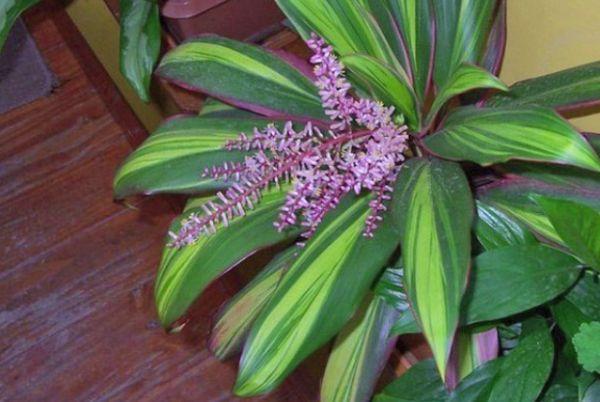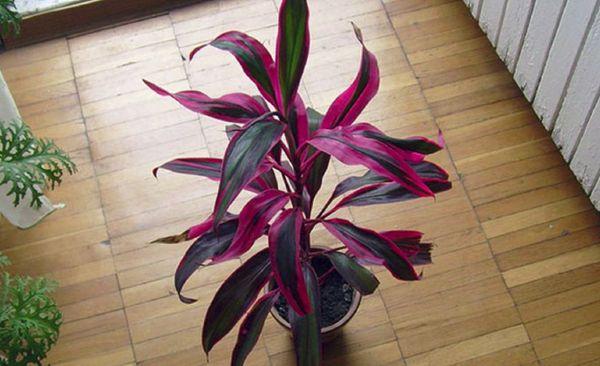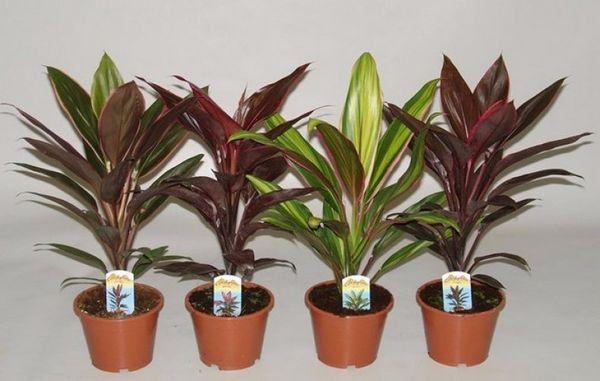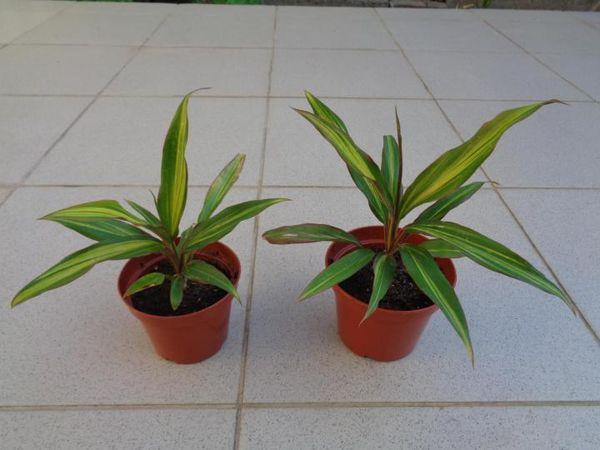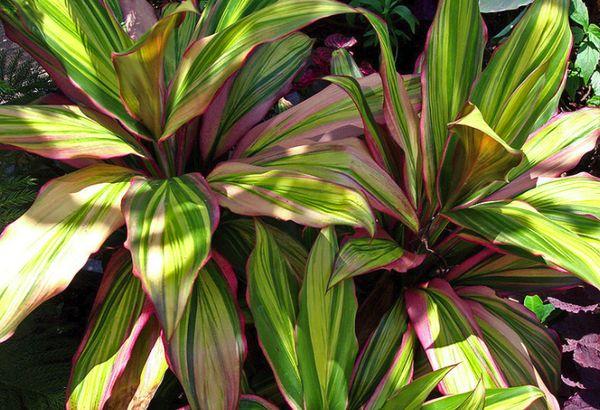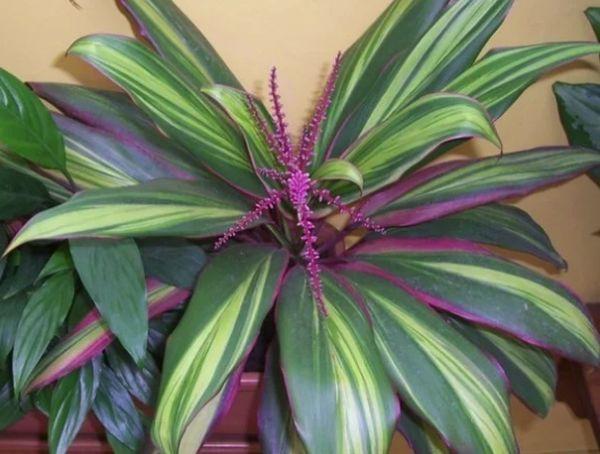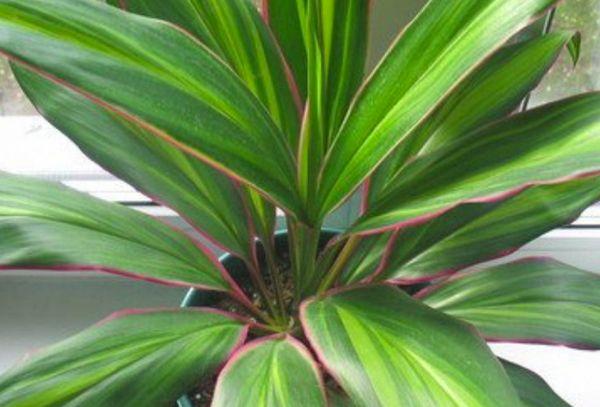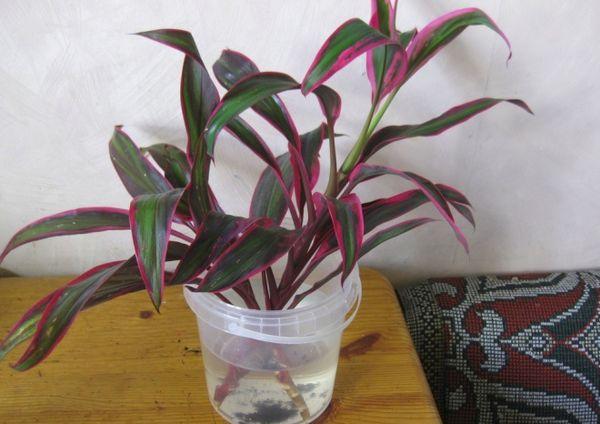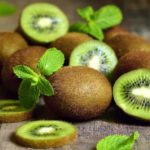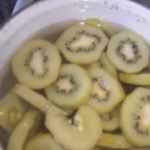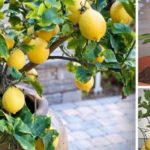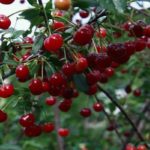A tropical plant, Cordilina Fruticosa kiwi is unpretentious in maintenance. When favorable conditions are created, it grows for many years. There are many types for growing indoors. Retains its unusual color throughout the year. Rarely gets sick and tolerates drought well. Brings a tropical touch to the interior of the apartment.
- General description and characteristics of the Cordyline kiwi plant
- Leaves
- Flowers
- Roots
- Advantages and disadvantages of Cordilina kiwi
- Advantages
- Flaws
- Varieties
- Features of cultivation
- How to choose the right healthy plant
- Soil preparation
- Planting process
- Subtleties of caring for kiwi
- Lighting
- Temperature
- About air humidity
- Watering rules
- Top dressing
- When is it necessary to replant?
- Protection from diseases and pests
- Shields
- Trips
- Aphid
- Reproduction methods
- By cuttings
- Seeds
- Dividing the root system
- Errors in care
General description and characteristics of the Cordyline kiwi plant
Cordyline kiwi belongs to the Agave genus. The tree is native to Australia, the Hawaiian Islands, and Southeast Asia. In its natural environment, kiwi reaches a height of 2-3 meters. In indoor conditions it grows up to 1.5 meters.
Leaves
It has elongated, narrow, rounded edges, dense, succulent leaves, which gradually die off as the tree grows. Outwardly similar to a palm tree. It produces new shoots on the sides, which are used for reproduction. The color is dark green, with a yellow or pink rim along the edges.
Flowers
The flowers are elongated, tubular, white or pink in color, collected in racemes, forming large inflorescences. The flowers bloom gradually, one by one. Each flower remains open for 6-8 days. Then seeds begin to form, which take 5 months to mature. The seeds look like berries, three nests are formed, each containing 5-16 seeds.
Roots
Cordyline kiwi has a powerful root system, many shoots with shoots, they are easily separated from the mother plant and develop as independent plants. Cones form on the roots.
Advantages and disadvantages of Cordilina kiwi
Wood has its advantages and disadvantages, let's take a closer look.
Advantages
Cordyline kiwi is easy to care for, even when grown at home. Tolerates high and low air humidity well and does not require frequent watering. Wood fills the house with tropical beauty. Retains color all year round.
Flaws
Kiwi has practically no disadvantages. The tree grows quickly and requires frequent replanting; fertilizing is also necessary.It practically does not get sick, but pest control should be carried out for preventive purposes. It is difficult to tolerate low temperatures and drafts, and may die because of this.
Varieties
Cordyline Fructicosa in nature develops rapidly, grows and takes on the appearance of a palm tree. At home, it practically does not bloom. It is valued as a small indoor non-flowering plant.
In a pot, the tree grows more slowly; in such conditions, the leaves are located until they are immersed in the soil. Cordyline kiwi is a heat-loving plant; it requires maintaining a constant temperature of at least 20°C.
Kiwi has many varietal and garden species. The most famous of them differ in leaf color:
- Tricolor. The sheets are painted with stripes of different colors - yellow, dark red, pink.
- Red age. It has narrow green leaves, light beige in the middle, with pink stripes along the edges.
- Augusta. Dark green leaves are covered with bright red stripes.
- Kiwi. The leaves are green, have a pink border along the edges, and yellow stripes along the entire leaf.
- Snow. Dark green, large leaves with white spots.
- Lord Roberts. The leaves are green, elongated, with a pink rim along the edges, and white stripes throughout the leaf.
- Purple kompakta. The plant is small in size, has a dense cap at the top of the trunk, and purple leaves.
- Ginga. Long elongated leaves of red-brown color.
- Casanova. A large plant with long brown-purple leaves, leaves with wavy edges.
- Cordyline shrubby. A low tree, up to half a meter high. The leaves are green, there are varieties with yellow and pink stripes on the leaves.
Features of cultivation
Cordyline kiwi does not require special attention, is unpretentious in care, and easily tolerates low air humidity.They will retain their color throughout the year.
How to choose the right healthy plant
To choose a healthy Cordyline kiwi, it is better to buy a young plant. The leaves should be dense, juicy, elongated, straight. If you come across a plant during the flowering period, it is better to choose it. Their color should be characteristically bright, this indicates the good health of the tree.
Soil preparation
As soil, you can use ready-made soil for palm trees, which is sold in specialized stores. You can also prepare it yourself. For this you will need:
- turf – 3 parts;
- sand – 1 part;
- peat – 1 part;
- moss - for improved drainage.
Planting process
For Cordyline kiwi, choose a pot made of ceramic or plastic so that all the roots of the plant fit into it and there is some space left. There should be holes at the bottom to drain excess water. A tray is purchased for the pot. Expanded clay, river sand or pebbles are placed at the bottom of the pot, then part of the soil mixture is poured. It is watered with slightly warm water. The plant is transferred to the ground, sprinkled with the remaining soil mixture and watered.
Subtleties of caring for kiwi
Cordyline kiwi, like other plants, requires the creation of optimal conditions for existence. The plant is unpretentious, but you need to take into account room illumination, temperature, air humidity, watering regime, replanting, and fertilizers.
Lighting
The plant prefers long-term illumination of at least 6-8 hours a day. At home, the tree is placed on a windowsill or stand next to a window on the south side. The more light the kiwi receives, the brighter the color. With a lack of light, Cordilina stretches out.
Temperature
This is a heat-loving plant. The optimal temperature is in the range of 18-23°C.At the end of spring and beginning of summer, a houseplant can be taken out onto the balcony or veranda, but only for a day.
The slightest drop in temperature will cause the tree to die. It does not tolerate low temperatures and drafts. When ventilating the room, it is recommended to move Cordilina away from the window or move it to another room.
About air humidity
At high air humidity the plant develops well. It also tolerates dry air easily, but it requires spraying the tree with water. It is not recommended to place kiwi near the radiator during the heating season.
Watering rules
At high temperatures, prolonged heat, Cordilina is watered with ordinary water, preferably prepared in advance. During this period, it is watered every day or every other day. Check the dryness level of the soil; if the soil dries out quickly, then there is not enough water. At optimal temperatures, watering is reduced to 2-3 times a week.
Important! It is necessary to monitor the overwatering of Cordyline; when overwatered, the roots begin to rot, the plant’s immunity decreases, and there is a risk of developing diseases.
Top dressing
Kiwis are fertilized all year round, and special fertilizers for palm trees are used. They are sold at any gardening store. Each package contains detailed instructions for use. It is preferable to use liquid fertilizers. They are better absorbed by the root system. Feeding is carried out every week in summer and spring, in the cold season 2 times a month.
When is it necessary to replant?
Cordyline grows quite quickly, so young trees require replanting every year. Older individuals are replanted every 4 years. If roots are visible above the pot, this is a signal that it is time to choose a larger container.
Protection from diseases and pests
Cordylina Kiwi is affected by several diseases and pests. The most common are: scale insects, thrips, aphids.
Shields
Brown spots appear on the leaves. They lose juice, become soft, droop, lose color, and fall off. To combat them, the tree is treated with a soap solution. Then spray with Actellik solution. Instructions for the drug are indicated on the packaging.
Trips
At high temperatures and dry air, thrips develops. Colonies form on the upper side of the leaf, covering it with a gray-brown film that creates a shine. To combat the pest, they are sprayed with insecticidal preparations: Fitover, Actellik, Inta-vir.
Aphid
Aphids are small chewing insects that feed on Cordyline leaves. They affect its lower part, as a result of which the leaves begin to dry out, lose color, curl, turn yellow, fall off, and dry out. To combat aphids use: Decis, Inta-vir, Actellik.
Reproduction methods
Reproduction of Cordyline kiwi is carried out in three ways: cuttings, seeds, and sections of rhizome. Each method has its own characteristics.
By cuttings
For cuttings, shoots that are located on the trunk of the mother tree are used. The apical and shoots of the middle part are suitable. They are transplanted when the base of the shoot begins to acquire its own bark. Before planting, kiwi cuttings are moistened and sprayed; when the roots protrude, they are ready to be transferred to soil consisting of: peat, sand, humus. This process takes about a month.
Seeds
Seeds are sown in the spring in soil for palm plants, purchased in a store or prepared independently. Shoots appear after a month and continue to appear for another 2 months.
Important! This propagation method is suitable for the original forms of the tree; varietal species are propagated only by vegetative means.
Dividing the root system
Sections of the overgrown rhizome are separated from the mother plant. Transfer to soil consisting of: peat, humus, sand. Later they are transplanted into a mixture of regular composition. The procedure is carried out in the spring.
Errors in care
When caring for Cordyline kiwi, mistakes are often encountered that manifest themselves as follows:
- the tips of the leaves turn brown - air humidity is too low, exposed to drafts, not enough water;
- dark brown spots – insufficient watering;
- sections of the tree curl, become soft, the rim turns brown - the plant freezes;
- yellow leaves – lack of microelements in the soil;
- yellowing of the lower leaves is a normal process of tree maturation;
- light spots, dry – sunburn.

